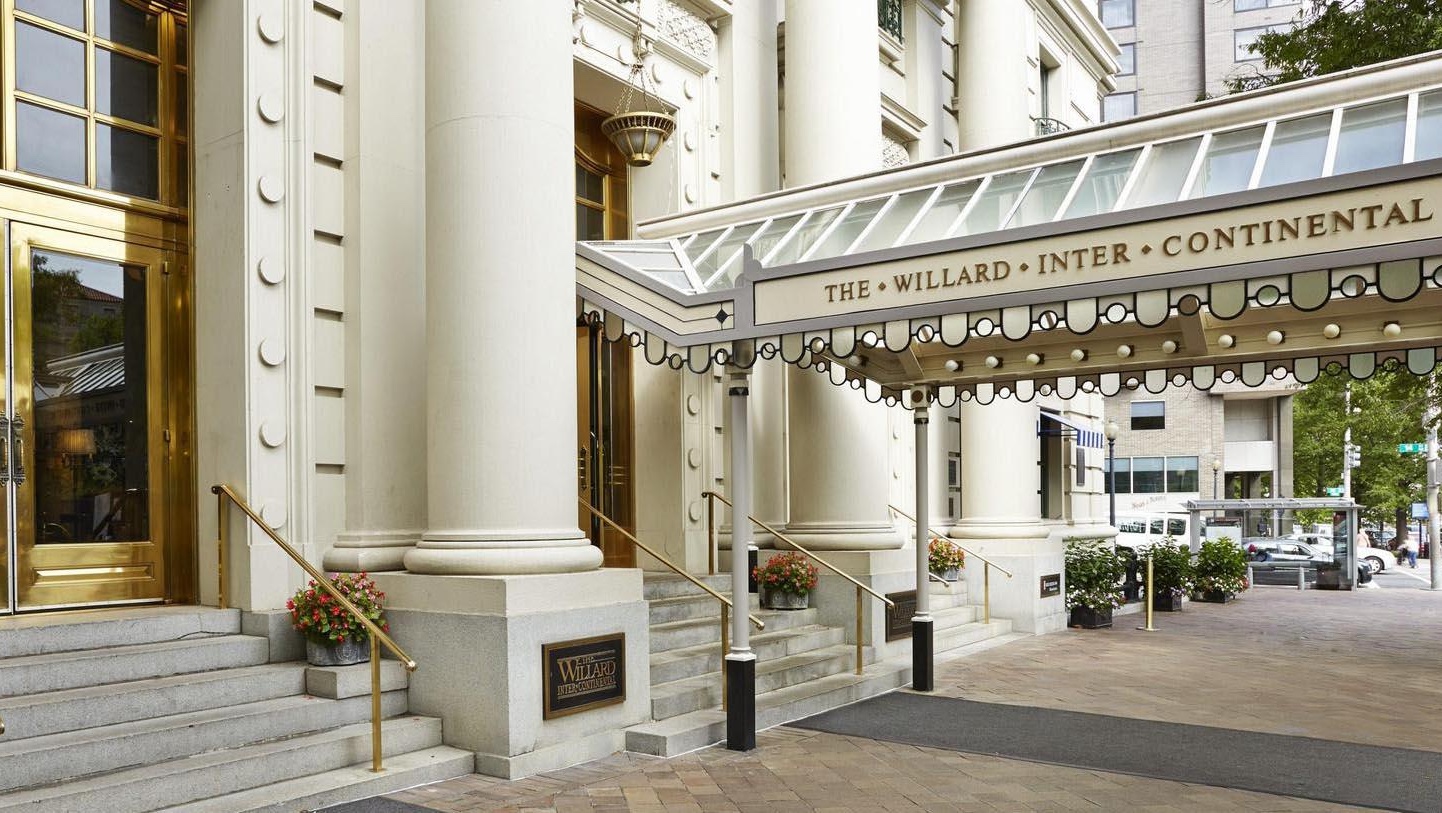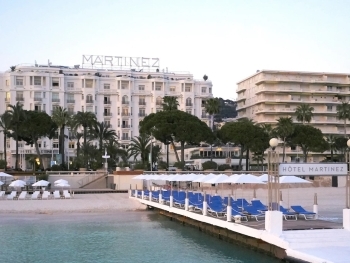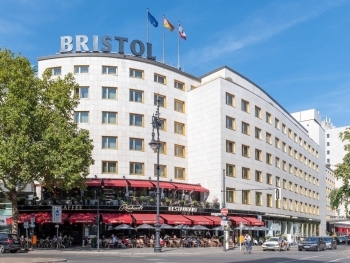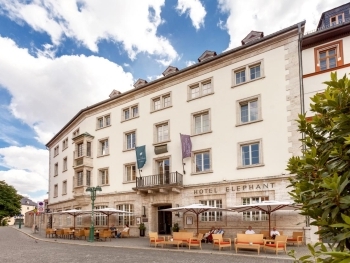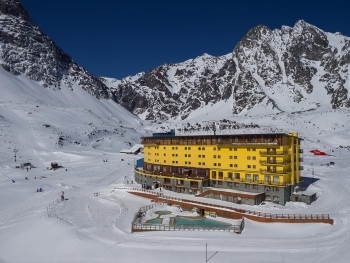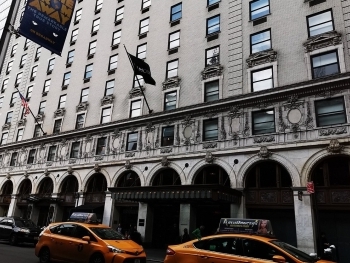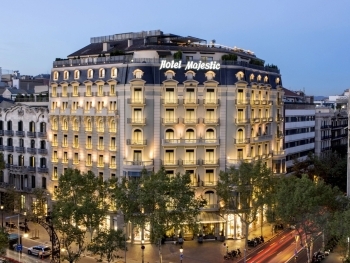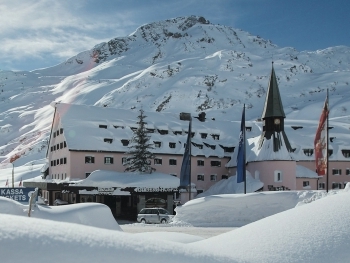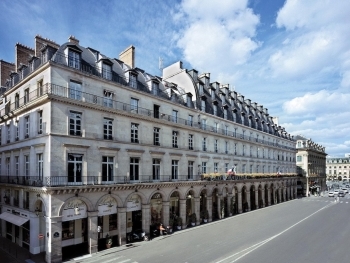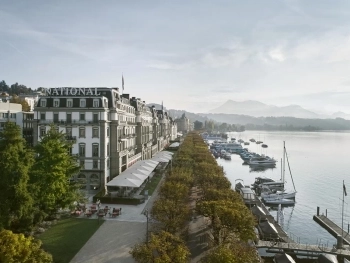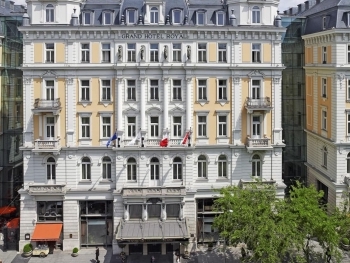The Willard InterContinental Washington, an IHG Hotel, stands as a beacon of luxury, history, and elegance in the heart of Washington, D.C. For nearly two centuries, the Willard has played host to presidents, foreign dignitaries, and countless notable figures, earning its reputation as the "Residence of Presidents" and a significant fixture in American history. This article delves into the rich history, architectural splendor, and modern-day offerings of this iconic hotel.
Historical Background
Origins and Early Years
The Willard's origins date back to 1818 when John Tayloe III, a prominent landowner, built a row of six two-story houses on the corner of 14th Street and Pennsylvania Avenue. By 1847, these houses were leased to Henry Willard, who transformed them into a full-service hotel. Under Henry Willard's management, the establishment expanded, gaining a reputation for comfort and elegance.
The Gilded Age and Beyond
Throughout the 19th century, the Willard Hotel became a central hub for political and social activity in Washington, D.C. It was at the Willard that Julia Ward Howe penned "The Battle Hymn of the Republic" in 1861. The hotel also played a crucial role during the American Civil War, serving as a meeting place for government officials and military personnel.
The Willard's grandeur grew with each passing decade. In 1901, the hotel was reconstructed into the Beaux-Arts style building that stands today. Designed by renowned architect Henry Janeway Hardenbergh, who also designed the Waldorf-Astoria in New York, the new Willard featured state-of-the-art amenities and opulent decor.
20th Century Challenges and Revival
The mid-20th century brought challenges for the Willard. The hotel closed its doors in 1968 due to financial difficulties and deterioration. However, a massive restoration effort spearheaded by the Pennsylvania Avenue Development Corporation and private investors led to the hotel's grand reopening in 1986. The restoration meticulously preserved the historical integrity of the building while updating it for contemporary guests.
Architectural and Design Features
The Willard InterContinental is a stunning example of Beaux-Arts architecture, characterized by its grandiose and elaborate style. The exterior features a facade of white marble and terracotta, with intricate carvings and a stately portico.
The Lobby and Public Spaces
Upon entering the Willard, guests are greeted by a magnificent lobby adorned with marble columns, crystal chandeliers, and richly detailed ceilings. The Peacock Alley, a long corridor lined with shops and cafes, offers a glimpse into the hotel's glamorous past, where high society would promenade and socialize.
Guest Rooms and Suites
The Willard offers 335 guest rooms and suites, each thoughtfully designed to blend classic elegance with modern comfort. Rooms are furnished with period pieces, luxurious fabrics, and state-of-the-art technology. The suites, some of which are named after famous past guests, offer expansive living spaces and breathtaking views of the city.
Dining and Entertainment
The Willard's dining options reflect its commitment to excellence. The iconic Round Robin Bar, established in 1847, is a favorite among politicians and journalists. It’s famous for its signature mint juleps and a rich history of political discourse. The Café du Parc offers French-inspired cuisine in an elegant setting, while the Willard Room hosts lavish events and banquets.
The Willard's Role in American History
A Political and Cultural Epicenter
The Willard's proximity to the White House and other government buildings has made it a favorite lodging for presidents and dignitaries. Abraham Lincoln stayed at the Willard before his inauguration in 1861. The term "lobbyist" is said to have originated at the Willard, where Ulysses S. Grant reportedly coined the term to describe those who sought his attention in the hotel lobby.
Civil Rights Movement
The Willard also played a significant role in the Civil Rights Movement. Dr. Martin Luther King Jr. finished his iconic "I Have a Dream" speech in the Willard's lobby before delivering it on the steps of the Lincoln Memorial.
Modern-Day Willard: A Blend of Tradition and Innovation
Luxury Amenities
Today, the Willard InterContinental offers a range of luxury amenities including a full-service spa, a 24-hour fitness center, and an array of high-end shops. The hotel also boasts extensive meeting and event spaces, making it a preferred venue for conferences and weddings.
Sustainability Initiatives
The Willard is committed to sustainability and has implemented numerous green initiatives. The hotel is part of IHG's Green Engage system, which measures and manages its environmental impact. Efforts include energy-efficient lighting, water conservation programs, and a comprehensive recycling initiative.
Community Engagement
The Willard is deeply involved in the local community, partnering with various organizations to support cultural and philanthropic initiatives. The hotel hosts annual events such as the Willard's holiday gingerbread display, which attracts visitors from around the region and supports local charities.
The Willard InterContinental Washington, an IHG Hotel, is a living museum of American history and a testament to timeless elegance. Its storied past, architectural grandeur, and commitment to excellence continue to attract guests from around the world. Whether visiting for its historical significance, luxurious accommodations, or prime location in the nation’s capital, the Willard promises an unforgettable experience steeped in tradition and modern luxury.
